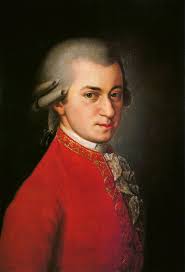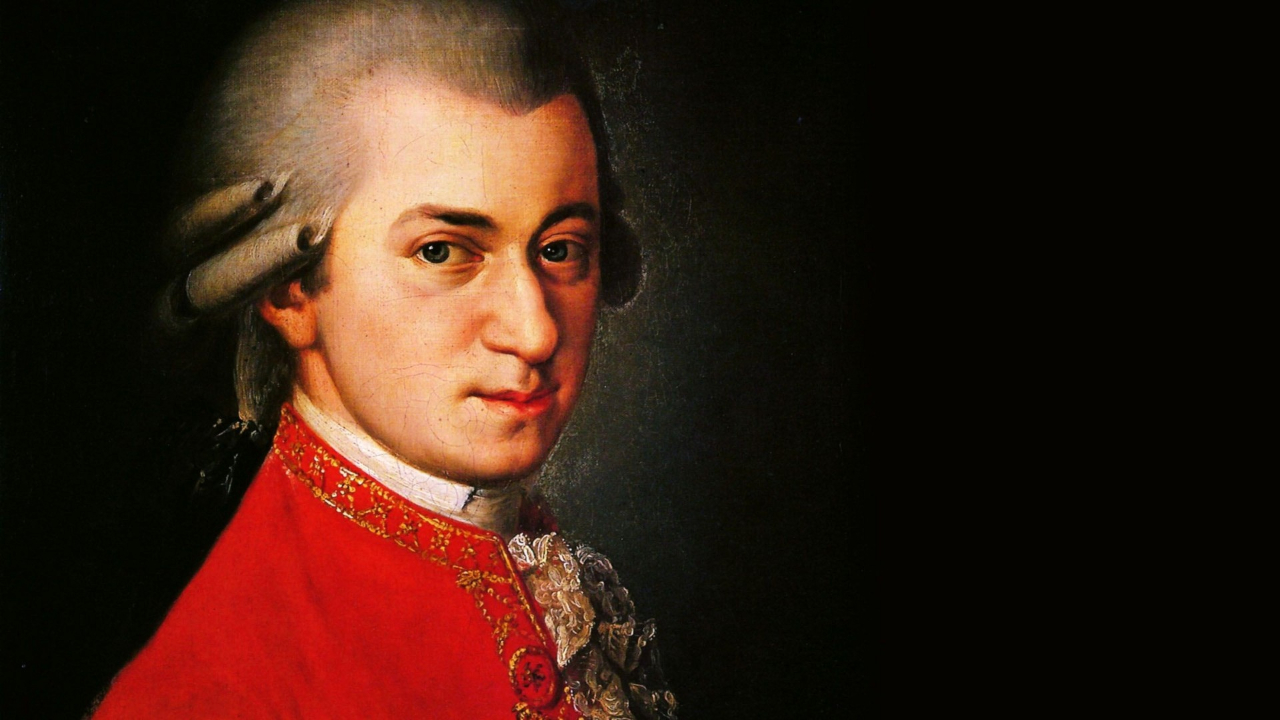Wolfgang Amadeus Mozart’s Clarinet Concerto in A major, K. 622 is one of the most beloved works in the classical repertoire. Composed in 1791, just months before Mozart’s death, this concerto stands as a remarkable testament to his genius and deep understanding of the clarinet’s expressive potential. It is widely regarded as the finest concerto ever written for the instrument, seamlessly blending lyrical beauty, technical brilliance, and profound emotion.
Origins and Composition
Mozart wrote this concerto for Anton Stadler, a virtuoso clarinetist and close friend. Stadler was a member of the Viennese court orchestra and a renowned performer of the time. He played a rare instrument known as the basset clarinet, which had an extended lower range beyond that of a standard clarinet. This extended range allowed for a warmer, richer tone, which Mozart fully exploited in his composition.
The concerto was composed during the final year of Mozart’s life, a period marked by both extraordinary creativity and personal hardship. Despite his financial difficulties and declining health, Mozart was still highly productive, composing some of his most enduring works, including The Magic Flute, Requiem, and La Clemenza di Tito.
Structure and Musical Characteristics
The Clarinet Concerto in A major follows the typical three-movement concerto form:
- Allegro – The first movement opens with a graceful orchestral introduction, leading to the solo clarinet’s entrance. The movement features elegant melodies, fluid transitions, and masterful interplay between the orchestra and the soloist.
- Adagio – This second movement is one of Mozart’s most deeply expressive works. It is a slow, lyrical piece that showcases the clarinet’s singing quality, with an ethereal, almost transcendent atmosphere that has made it one of the most beloved slow movements in all of classical music.
- Rondo: Allegro – The final movement is lively and playful, full of dance-like rhythms and virtuosic passages. The rondo form brings back a recurring main theme, interwoven with joyful and spirited variations that highlight the clarinet’s agility and charm.
Premiere and Reception
The Clarinet Concerto was premiered on October 16, 1791, in Prague, with Anton Stadler as the soloist. The performance was highly praised, and Stadler’s skillful interpretation helped establish the clarinet as a leading solo instrument in classical music. The work has since become a cornerstone of the clarinet repertoire and is frequently performed in concert halls worldwide.
Legacy and Influence
Over the centuries, Mozart’s Clarinet Concerto has continued to captivate audiences and musicians alike. It has been featured in numerous films, most notably in Out of Africa (1985), where the second movement’s haunting beauty enhances the film’s emotional depth.
The concerto is also significant for the history of the clarinet. At the time of its composition, the clarinet was still a relatively new instrument in orchestral music. Mozart’s work demonstrated its full expressive capabilities, inspiring later composers such as Carl Maria von Weber, Johannes Brahms, and Claude Debussy to explore the clarinet’s potential in their own compositions.
Conclusion
Mozart’s Clarinet Concerto in A major, K. 622, remains one of his most treasured works. Its sublime melodies, elegant structure, and deep expressiveness have ensured its place as one of the greatest concertos ever written. Whether performed on a modern clarinet or the reconstructed basset clarinet, this masterpiece continues to move listeners with its beauty and timeless appeal.


No responses yet